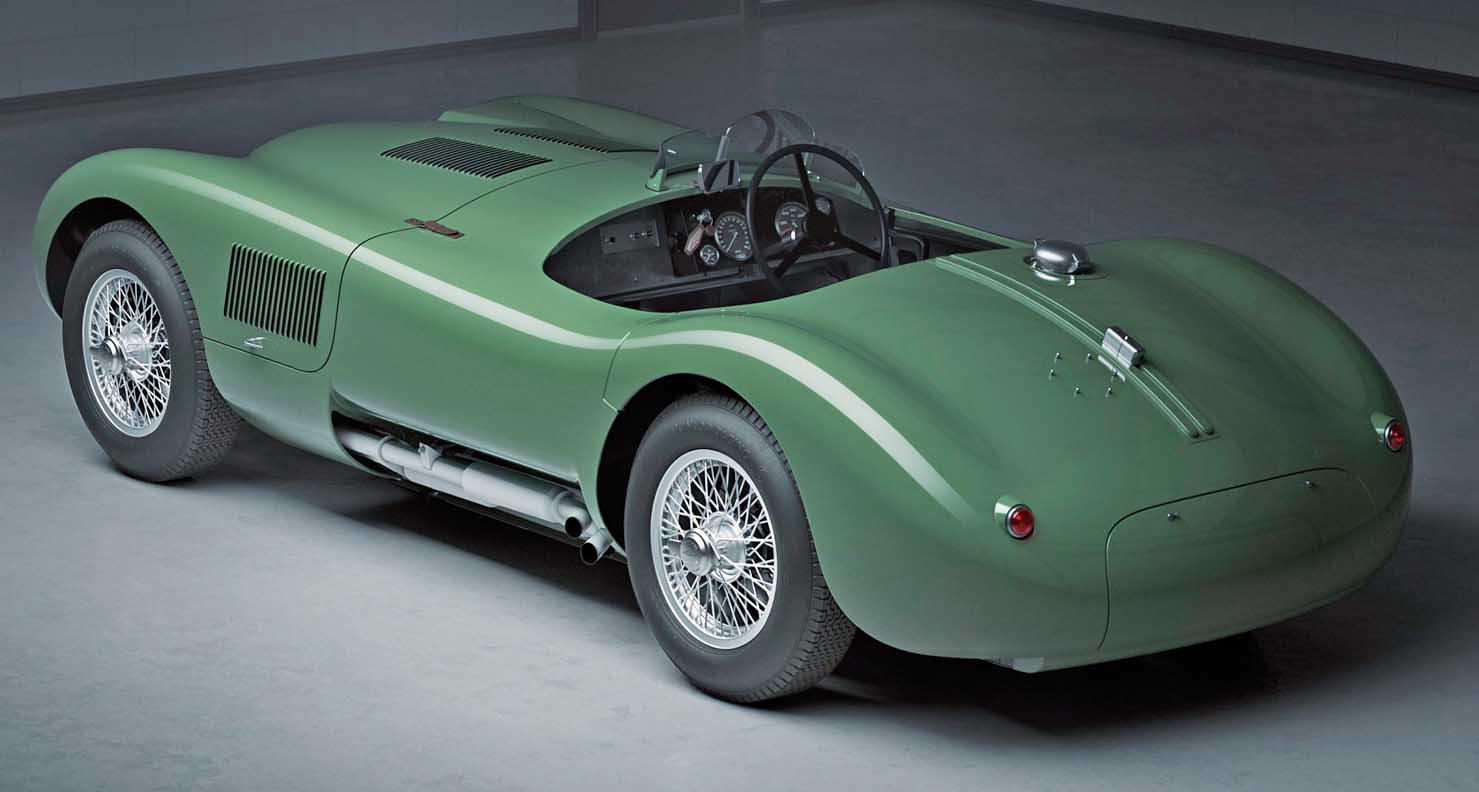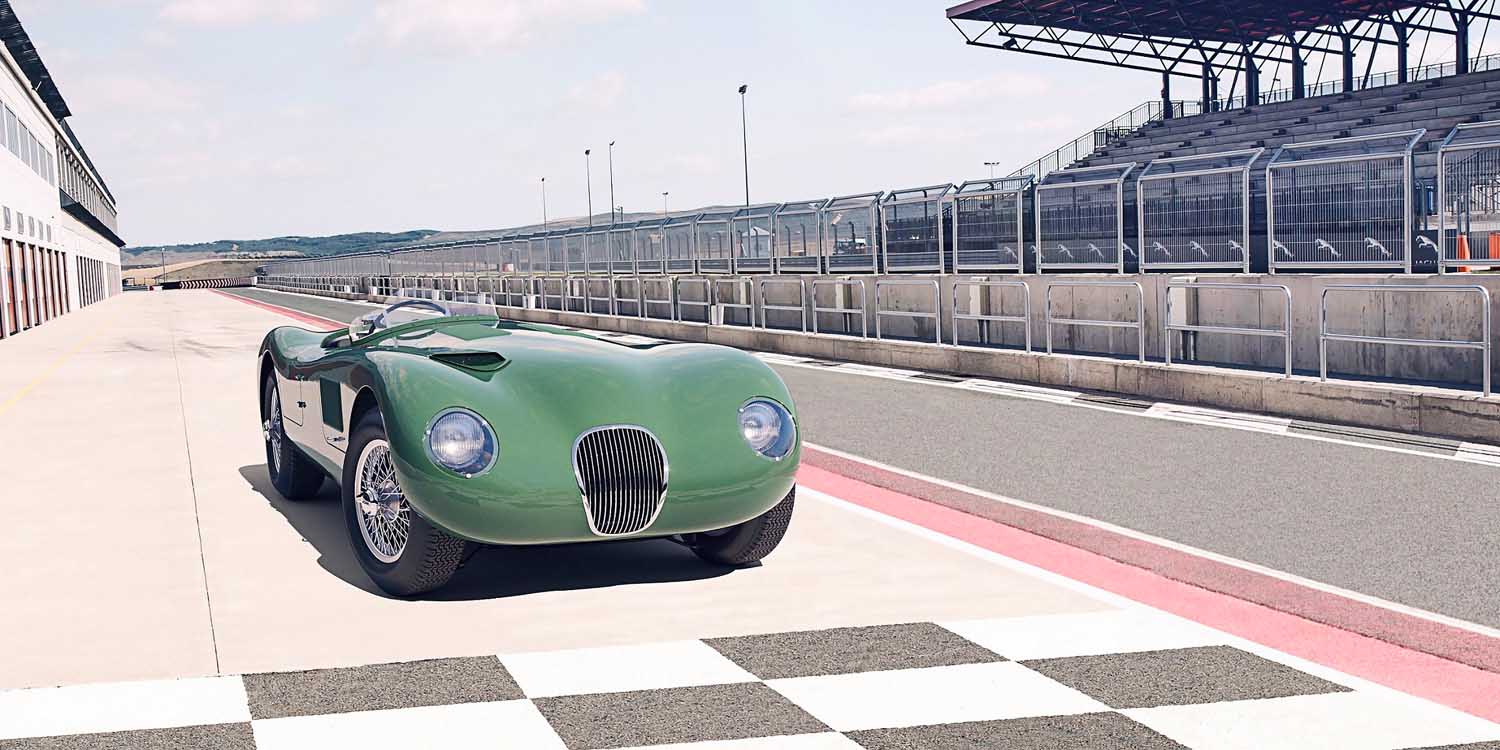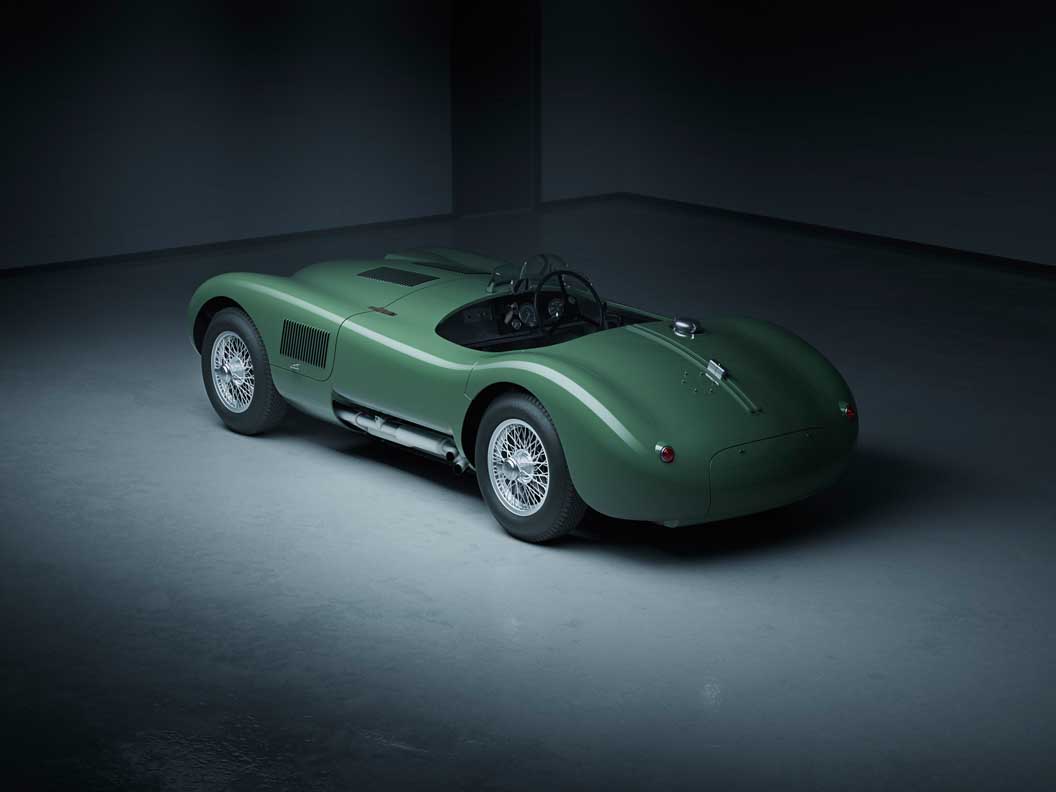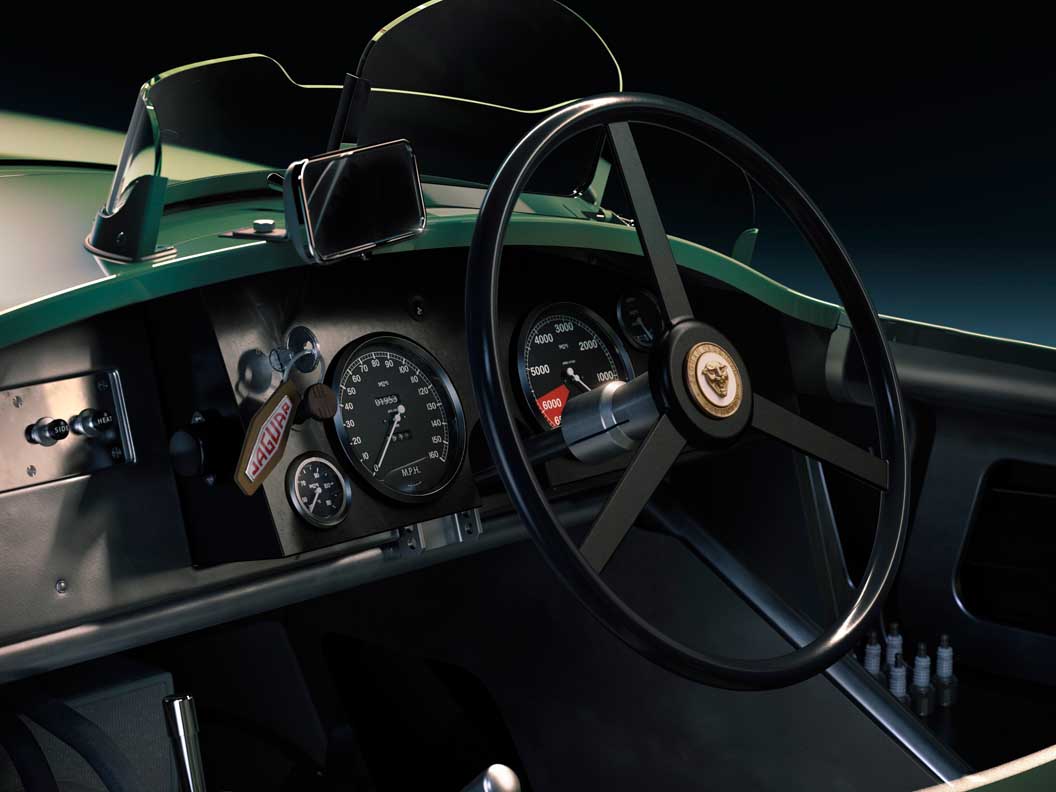
When you think of racing legends, the Jaguar C-Type model history always comes to mind. This wasn’t just another sports car. It was a groundbreaking machine. The C-Type came to life in 1951. It was Jaguar’s first purpose-built racing car. It would go on to change motorsport forever. It blended beautiful design with incredible engineering.
Born from the XK120
The C-Type’s foundation was the XK120. Jaguar’s chief engineer, William Heynes, took the proven components. He wanted to create a dedicated competition car. The C-Type, officially known as the XK120-C, was the result. It featured a lighter, more rigid tubular steel chassis. This was a significant improvement. It made the car much more agile on the track.

The Man Behind the Curves
Malcolm Sayer was a brilliant aerodynamicist. He came from an aerospace background. Sayer applied his knowledge to the C-Type’s design. The car’s body was a work of art. It was also incredibly functional. Its fluid, wind-cheating shape gave it a huge advantage. This design helped the car cut through the air with ease. It was a new approach for racing cars.
Early Le Mans Success
Jaguar entered three C-Types in the 1951 Le Mans. Success was instant for the Jaguar team. Drivers Peter Walker and Peter Whitehead won the race. They had an impressive nine-lap lead. Another C-Type broke the lap record. This was a remarkable debut for the new car. It established Jaguar as a major racing force.

A Pioneering Innovation
Even after its initial success, Jaguar kept innovating. They wanted a better braking system. Drum brakes were not enough for endurance racing. Jaguar worked with Dunlop on a new system. They developed revolutionary disc brakes. This was a first for an international race winner. The C-Type became the first car to win with them. This innovation changed the industry. It was a true game changer.
The 1953 Le Mans Triumph
For the 1953 race, the C-Type was even better. It had a lighter aluminum body. The engine received a power boost. The car also used the new disc brakes. These improvements paid off in a big way. C-Types took first, second, and fourth place. The winning car broke the 100 mph average speed record. This was a huge milestone. It cemented the C-Type’s legacy.
The Engine’s Performance
The C-Type used an upgraded 3.4-liter straight-six engine. The early versions produced around 205 bhp. Later models had more power. The 1953 winning cars had triple Weber carburetors. This boosted the power to 220 bhp. It made the C-Type even faster. The car could reach top speeds well over 140 mph. It was a dominant performer on the track.

The C-Type’s Lasting Impact
The Jaguar C-Type’s influence goes beyond racing. It brought disc brake technology to the forefront. This influenced future production cars. Its aerodynamic body was also very influential. The C-Type proved the importance of aerodynamics. Its legacy lives on today. It’s a true icon of motorsport.
Disclaimer: This article is for informational purposes only. The information provided is based on the details available at the time of writing. The Jaguar C-Type is a classic automobile and specifications may vary between individual models.
Source: Jaguar

